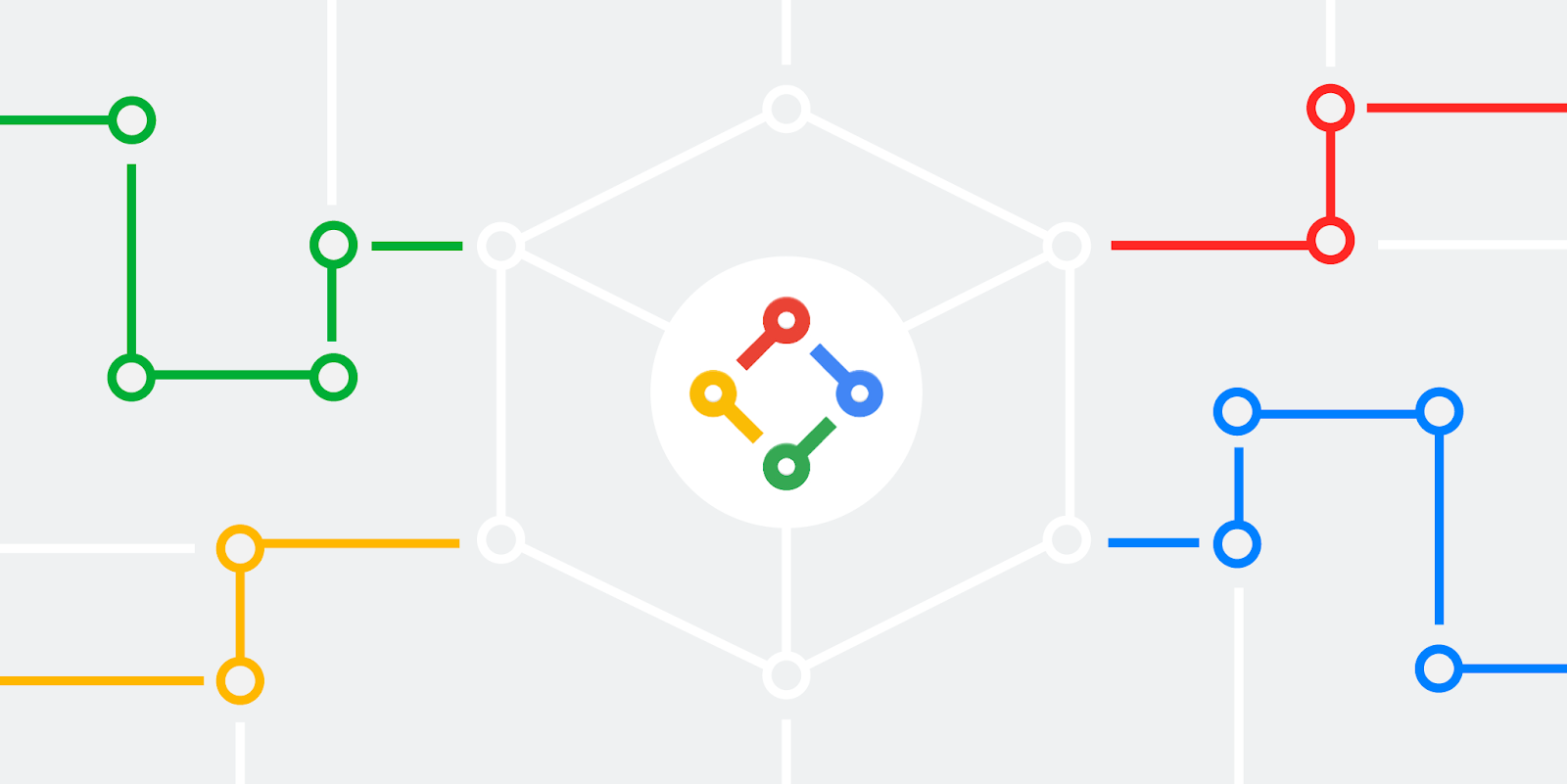
At the day 1 keynote of Open Source Summit North America, Timothy Jordan, Director of Developer Relations and Open Source at Google, will talk about the landscape of open source and AI, the importance of a responsible approach, and the transformative impact of community collaboration. In anticipation of this talk, let’s break down the AI open source ecosystem, and how Google approaches it.
Google believes in the power of open technology to drive innovation and benefit everyone. It fosters creativity and collaboration, while ensuring technology access for developers and allowing customization to fit unique use cases. Open source licenses give developers full creative autonomy without restriction. It is this ecosystem of open source and open technology, shaped by ML frameworks like TensorFlow, Keras, and JAX, that has enabled so many incredible advances in AI in recent years.
The open source community has been in discussion on how to apply the Open Source Definition to carry forward the open principles of the OSD while addressing concepts like derived work and author attribution in AI. During Timothy’s keynote, he’ll speak to his own philosophy on Open Source and AI, and share how his assumptions about how we apply open source to AI have evolved. The immediate availability of AI models, powered by the open source ecosystem of ML frameworks, means it’s more important than ever that we establish a shared definition for open source and AI.
While that definition is in development, at Google we’re using precise language to describe our openly available models like Gemma. The definition and license is only one part of this open ML/AI future; advancements in safety tooling, policies, and developer knowledge are all part of creating a responsible and open future for AI. Those advancements are all fueled by a dedication to collaboration. Whether sharing innovations and improvements with the community, or having conversations with policymakers and open source leaders, collaboration is key to a responsible approach to AI in the open ecosystem. AI can only be safe and responsible if everyone’s experiences and perspectives are brought to the forefront as it’s built.
To demonstrate how open source has made AI readily available, Timothy will also take the audience through a “low code” demo of how to run large language models in-browser for web applications. Using MediaPipe, the LLM Inference API, and Gemma, users can quickly add genAI capabilities like document summarization and text generation.
Join us at Open Source Summit North America for this keynote, and visit opensource.google to learn more.
By the Google Open Source team








